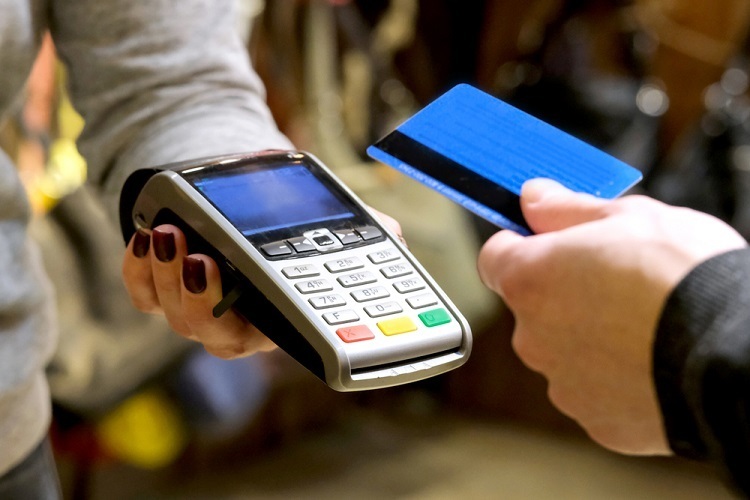When you swipe your credit card, you are making a digital transfer of money from one individual to another. It’s such an insignificant transaction that many people don’t even bother to read the fine print to find out what they are getting in exchange for their hard-earned cash. However, card swipes are not nearly as simple as most people assume. After you spend time researching the ideal credit card for you, you should spend time researching the technology behind credit card transactions.
Table of Contents
Magnetic Stripe Reader
This device reads the storage medium on the magnetic stripe on the back of your plastic card. It can use either electromagnetic or optical technology to read this information, at about 60 words per second if using an electronic device for reading, or much slower if reading from a mechanical reader device. The only drawback to this technology is that it is easily susceptible to damage from strong magnetic fields. This device is used in ATMs and at most self-service teller machines.
PIN Number
It is a 4-digit number that is used to identify the cardholder. If you do not want to use a signature to identify yourself, you can use your PIN. Just be aware that if your card is compromised and it’s stolen, someone with access to this information could use it later to access your account.
Signature
If you don’t want to use a PIN, you will need to enter a signature when completing your transaction. If your account has a monthly billing cycle, you do not have to enter any payment information if you are using a credit card and signing your name at the end of each month. However, if you run into a situation where you have to pay at the time of purchase, make sure that your signature is as clear and legible as possible.
Magnetic Stripe Encoding Machine
When you purchase a card, you don’t just get a piece of plastic and metal in a credit card or debit card. The retailer who made the sale also takes your information, which they store on the card itself. This information can identify you and other transactions you’ve made with that particular card at that retailer. This chip is usually a small square sticker on the back of the card or metal strip embedded in the plastic card.
Database
The data taken from the encoding machine is stored in a database for future reference. This information can be used for comparison when making transactions at other retailers and help stop credit card fraud and false transactions.
Encryption
Each retailer uses encryption to keep your personal financial information safe. This encryption is often considered the most important aspect of any credit card transaction because it prevents anyone from accessing your account without your approval or knowledge.
The Purpose Of Keeping Your Information Safe
The most important aspect of encrypting your credit card information is that it prevents anyone from accessing your private information. It means that if you lose your card or someone steals it; they will not be able to use it unless they can figure out the encryption code or get you to give them a new PIN or sign your name on the back of the card. The only reason that a card swipe transaction can be traced back to you is if you are stealing someone else’s identity and using their account to make purchases.
As you can see, the technology behind swiping a credit card is not as simple as many people think. While the process may seem elementary and straightforward, many important steps occur before, during, and after the transaction.

